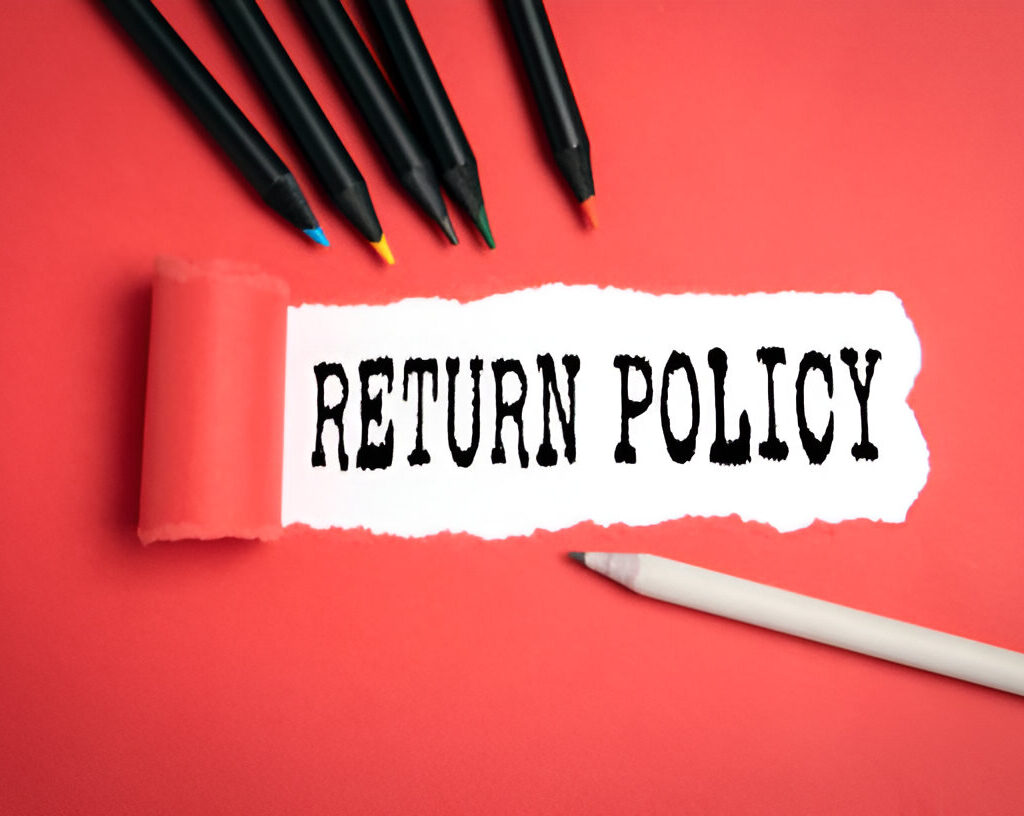Selling on Amazon can be highly profitable, but managing returns and refunds is a crucial part of maintaining a successful business. As an Amazon seller, understanding how to handle returns efficiently can save you from financial losses and negative customer reviews. This guide will walk you through the return and refund process, outlining best practices to ensure smooth operations and customer satisfaction.
Understanding Amazon’s Return Policy
Amazon has a customer-centric approach, making returns and refunds straightforward for buyers. However, for sellers, the process can be complex, depending on whether they use Fulfillment by Amazon (FBA) or Fulfillment by Merchant (FBM).
FBA vs. FBM Returns
- FBA Sellers: Amazon manages returns and refunds, deducting the necessary amount from the seller’s account. If an item is returned in sellable condition, it goes back into inventory.
- FBM Sellers: The seller is responsible for handling returns. They must process return requests and refunds according to Amazon’s policies while managing shipping and restocking fees.

How to Handle Returns Efficiently
1. Set Clear Return Policies
While Amazon has standard return policies, FBM sellers can define specific terms for product categories. Ensure your policy is clear, reasonable, and aligns with Amazon’s guidelines to avoid disputes.
2. Respond to Return Requests Quickly
Delays in handling return requests can result in negative feedback. Whether you are an FBA or FBM seller, promptly addressing return inquiries improves customer satisfaction and seller ratings.
3. Monitor Return Reasons
Amazon provides insights into why customers return products. Track these reasons to identify potential issues and reduce future returns. Common return reasons include:
- Incorrect product description
- Defective or damaged items
- Customer no longer needs the item
4. Improve Product Listings
To minimize returns, ensure product descriptions and images are accurate. Clearly mention size, color, material, and features to set customer expectations correctly.
5. Offer Exceptional Customer Support
A proactive customer service approach can prevent unnecessary returns. Address buyer concerns before they decide to return an item. If a minor issue arises, offering partial refunds or replacements can be an alternative solution.
Amazon Refund Process Explained
For FBA Sellers
Amazon automatically processes refunds after receiving returned items. If the item is damaged due to Amazon’s handling, you may qualify for a reimbursement.
For FBM Sellers
- Receive the returned item.
- Inspect it for damage or missing parts.
- Process a refund within two business days if it meets return conditions.
- If an item is damaged by the customer, a partial refund may be issued.
Common Refund Challenges and How to Overcome Them
1. Amazon Issuing Refunds Without Returns
Sometimes, Amazon grants refunds without requiring customers to return the item. This can lead to losses for sellers. If this happens frequently, file a reimbursement request with Amazon.
2. Customers Returning Used or Damaged Items
If you receive a returned item that is unsellable, but Amazon processes a full refund, you can file a SAFE-T claim to seek reimbursement.
3. Return Fraud
Some buyers misuse Amazon’s return policy by sending back different items or claiming an order was never received. To protect yourself:
- Keep records of orders, including weight and packaging details.
- Use Amazon’s Transparency Program to verify product authenticity.
- Report suspicious activity to Amazon Seller Support.
Reducing Return Rates: Best Practices
1. Improve Packaging
Many returns happen due to damage during shipping. Use sturdy packaging to protect items and avoid breakage.
2. Offer a Detailed FAQ Section
Anticipate common customer questions and provide answers in your product description or on your seller page.
3. Implement Quality Control Checks
Before shipping items, inspect them for defects. This helps reduce the chances of receiving defective product complaints.
Can Sellers Charge a Restocking Fee?
Yes, FBM sellers can charge a restocking fee in cases where:
- A returned item is used or damaged.
- The buyer returns an item for reasons unrelated to seller error (e.g., buyer remorse).
The restocking fee can be up to 50% of the item’s price, depending on the condition.
How to Dispute an Unfair Return or Refund
If you believe a refund or return was processed unfairly, follow these steps:
- Gather evidence such as photos, product listings, and communication with the buyer.
- Open a case with Amazon Seller Support.
- Submit a SAFE-T claim for reimbursement (FBA sellers).
- Escalate the issue if necessary, using Amazon’s appeal process.
Reporting Abusive Buyers
Amazon allows sellers to report buyers who frequently return items unfairly. If you notice suspicious patterns, report the buyer through Amazon Seller Central. While you cannot block buyers directly, Amazon may take action against fraudulent customers.
Conclusion
Handling returns and refunds efficiently is crucial for maintaining a high seller rating and profitability on Amazon. By following best practices, monitoring return patterns, and taking proactive steps, you can reduce return rates and minimize financial losses. Staying informed about Amazon’s return policies and leveraging available seller protection tools will help you manage returns with confidence.
Would you like to explore more strategies for optimizing your Amazon business? Let us know your questions!
FAQs:
1. What is Amazon’s return policy for sellers?
Amazon’s return policy allows customers to return most items within 30 days of receipt. If you use FBA (Fulfillment by Amazon), Amazon handles returns on your behalf. For FBM (Fulfilled by Merchant) sellers, you must process returns according to Amazon’s guidelines and refund customers accordingly.
2. How do I manage returns as an FBM seller?
FBM sellers must provide a return address and process refunds within two days of receiving a returned item. If you offer free returns, Amazon generates a prepaid return label. If not, customers pay for return shipping unless the return is due to seller error.
3. Can I refuse a return request?
Sellers can deny returns only in specific cases, such as final sale items, used personal items, or customized products. However, Amazon generally prioritizes customer satisfaction, and denying returns may impact your account health.
4. How does Amazon handle refunds for FBA sellers?
For FBA sellers, Amazon automatically processes refunds when a return is initiated. The refunded amount is deducted from your account, and if the returned item is not received within 45 days, you can request reimbursement from Amazon.
5. What happens if a customer returns a damaged or used item?
If a returned item is damaged or unsellable, Amazon may reimburse FBA sellers if the damage was due to Amazon’s handling. FBM sellers must inspect returns and determine if they qualify for a partial refund or a restocking fee (up to 50%).
6. How can I issue a partial refund?
Sellers can issue partial refunds through Seller Central > Orders > Manage Returns if an item is returned in used or damaged condition. Amazon allows you to deduct a percentage of the refund based on the product’s condition.
7. Can I charge a restocking fee?
Yes, FBM sellers can charge a restocking fee (up to 50%) if the item is returned in used, damaged, or non-resellable condition due to customer mishandling. However, Amazon requires sellers to document and justify the deduction.
8. What is an “Item Not Received” refund request?
If a buyer claims they did not receive the item, Amazon may issue an automatic refund if tracking information is missing. To prevent this, always provide valid tracking and use signature confirmation for high-value items.
9. How do I handle refund fraud or excessive returns?
Sellers can report refund fraud to Amazon if they notice repeated suspicious activity. You can also track return rates under Account Health Metrics and appeal excessive refunds by providing evidence such as photos or tracking details.
10. How can I prevent high return rates?
To minimize returns, ensure accurate product descriptions, high-quality images, proper packaging, and clear size charts. Excellent customer service and quick responses to buyer inquiries also help reduce unnecessary returns.




